Sempervivum (Sem-per-VEE-vum) goes by the common names hens and chicks plant, liveforever, houseleeks and even cats and kittens plant. Similar in appearance to echeveria, Sempervivum form mats of plants with tufted leaves arranged around a common point. These rosette-forming succulents are super cold hardy, with many varieties tolerating the cold of a zone 3 winter. An easy-care succulent with an appealing form and vivid coloring, Sempervivum definitely belong in your collection of succulents.
All About Growing Sempervivum
In this Post We'll Cover:
{Please note, some links in this post may be affiliate links to sites that pay me a small commission if you click on the link and make a purchase. This commission is at absolutely no cost to you. I only recommend products and companies that I have worked with and truly love! ~Kat}
Sempervivum Cold Hardiness

Sempervivum are native to mountainous regions from Morrocco to Iran. They are often found growing in rocky outcroppings and fissures in dry cliffs. Their ability to store water in their leaves enables them to thrive in conditions most life forms find extremely challenging. Their ability to thrive in bitterly cold weather makes them a welcome addition to many cold climate gardens. Although many varieties of succulents cannot handle a frost, Sempervivum thrive in the sleet and snow of winter. In early spring, foraging animals may eat the tender, moisture-rich leaves. Even when eaten down to the ground, Sempervivum typically grow up again from their roots, bigger and better.
If you are over-wintering your succulents indoors, you can keep Sempervivum alive indoors. But they much prefer to be left outdoors to experience the full range of temperature changes. Make sure their soil will not become waterlogged due to rain or snow. They will flourish greet the spring with fresh new growth.
Sempervivum – Hens and Chicks Plant

Sempervivum will form rosettes from a half inch wide to over 6 inches across. Some have waxy leaves, some are matte, and some have hairs that give a furry appearance.
This image shows the characteristic growth pattern of Sempervivum; the main rosette, or “hen” surrounded by offsetsSucculent offsets are the baby succulents that form at the b... – the “chicks”. The original succulent rosette produces several baby rosettes surrounding it. In this way, it does look a lot like a mother hen surrounded by her chicks, or even a mama cat with her kittens. The mother plant remains attached to her offsets by a modified stem called a “stolonA stolon (STOLE-ehn) is a horizontal root, growing just abov...”. She passes nutrients along to each baby plant, as it begins to form roots of its own. You can see why the common names like hens and chicks or cats and kittens plant refer to mother and child.
These charmers are wonderful when they trail over the edge of a container. The new chicks are connected to the mother plant by the stolon, and they hang beautifully. In time, the stolon will dry up and the chicks will fall to the earth and begin to root at the base of the container.
Sempervivum Flowering

Among the most dramatic of the flowering succulents, the life cycle of Sempervivum is intriguing. They are “monocarpicMonocarpic (Mon-oh-CAR-pic) plants are those that flower, se...”, meaning a plant with a single blooming period. The plant often grows for years before flowering. Once it flowers, it produces seeds, and then the mother plant dies. Only the “hen” dies after flowering. By this time, it has produced many offsets, which will have rooted and taken the place of the mother.
When they bloom, the rosette elongates and grows quite tall. The showy blooms are long-lasting and highly attractive to butterflies. When the flower is spent, small, dry, seed-filled fruit follows. These seeds will be released on the breeze unless you collect it first. You can certainly grow Sempervivum from seed, though the offsets are a much quicker and simpler approach. Remember, it is only the main rosette, the hen, that flowers and dies. The many chicks that have been produced continue to grow and produce new chicks of their own. A collection of Sempervivum is always growing!
Recognizing Sempervivum
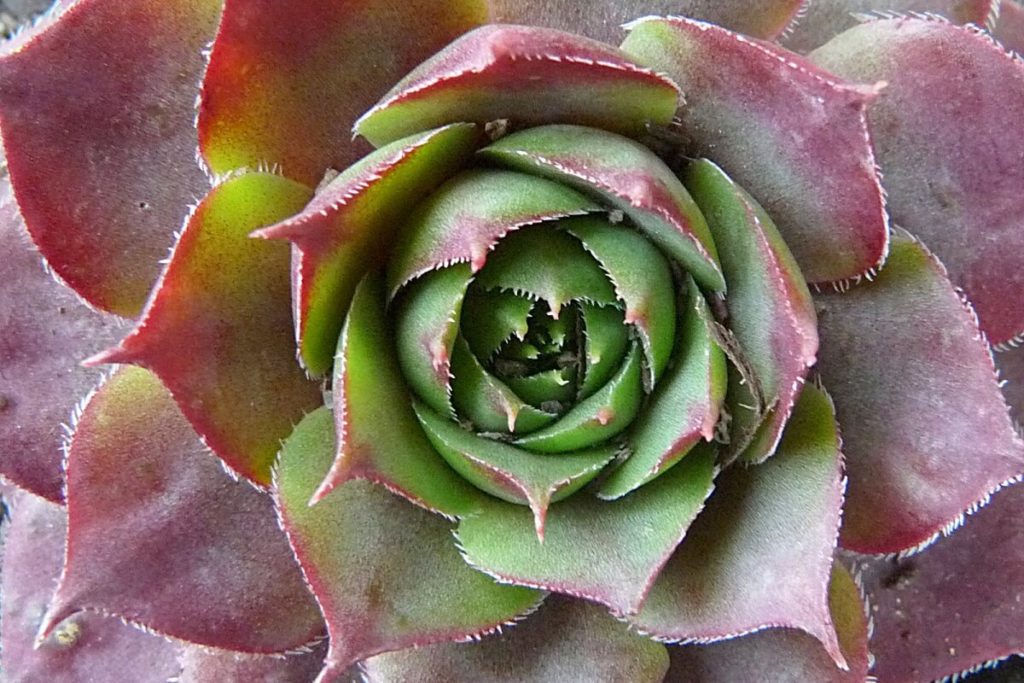
One way that Sempervivum can be distinguished from other rosette succulents they resemble is their ciliate hairsCiliate (SILL-ee-uht) hairs are a fringe of tiny hairs along... More. This photo illustrates these tiny hairs all along the margin of each leaf. While some Sempervivum varieties have more pronounced ciliate hairs, and others are more subtle, all Sempervivum have this fine fringe of hair rimming every leaf.
Sempervivum Arachnoideum – Cobweb Hens and Chicks Plant

Some varieties of Sempervivum produce very fine, silvery hairs or filaments connecting the points of their leaves. These are Sempervivum arachnoideum, or cobweb hens and chicks. These cobwebs can also reach out to the various chicks in the planting, connecting many rosettes with these filaments. The characteristic cobwebs may help to collect moisture from the air as dew drops settle on the hairs, enabling the plant to drink.
All Sempervivum are charming and easy to care for. The cobweb varieties are no exception. The filaments are soft, without any thorns or stickers. Although they appear quite intricate, they are no more difficult to please than any other variety of hens and chicks plant. Just take care not to get loose soil caught in the filaments — it’s tricky to get them clean again without damaging the cobwebs!
Color Changing Sempervivum
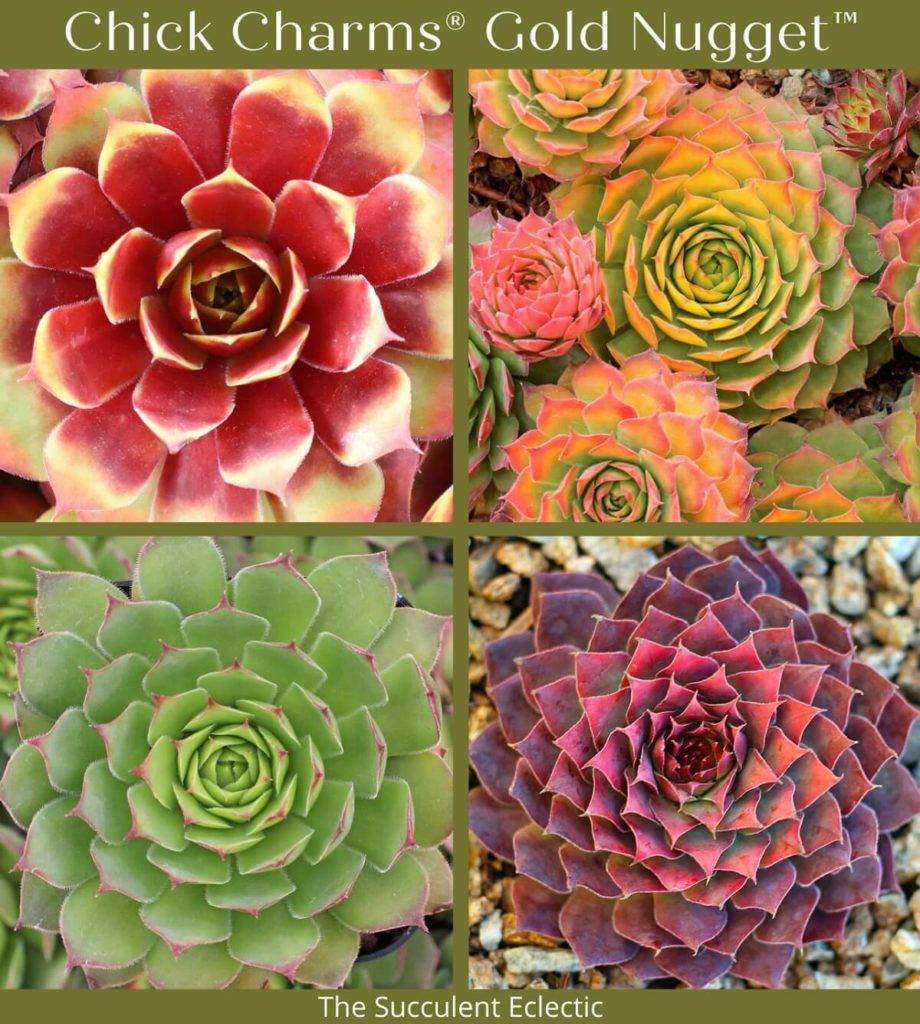
Sempervivum produce colorful rosettes in shades of red, pink, green, brown, yellow, orange and purple. At different times of the year, with changes in temperature and day length, the coloring can change dramatically. Green leaves just tipped with red may flush a vivid burgundy their entire length. The image above shows Sempervivum Chick Charms® Gold Nugget™. The change in color is astonishing and can lead to some confusion. Further, note how the rosette is much more wide open at some times, yet more closed up at others. There is nothing “wrong” with any of these plants pictured, all are quite healthy. The change is a natural response to changing temperatures and length of sunlight. While many succulents can change color with changing conditions, Sempervivum are the most extreme in this regard.
Sempervivum Care

Sun Exposure
Sempervivum are generally very hardy plants, able to thrive in USDA climate zones 3-11. But you should adapt your care to the climate where you are growing them. Provide bright light for your hens and chicks plant. But in regions that get extremely hot in the summer, be sure to protect them during the heat of the day. They can become sunburned if they are in direct sun on very hot days of 90-degrees or more. You may find they grow and look their best in filtered light. Learn how to meet succulents’ lighting requirements here.
Watering Sempervivum

As with all succulents, proper watering for your Sempervivum is critical. They need fast draining soil. These plants have adapted beautifully to growing in very dry climates. When growing hens and chicks plant in the garden, provide a gritty succulent soil mix that drains quickly. A raised bed is an excellent approach. Take care that rainfall or melting snow will not saturate the soil around your Sempervivum’s roots, or it will die. Let the soil fully dry before adding any more water.
Fertilize Sempervivum with half-strength fish emulsion or seaweed once in spring and again in mid-summer.
PropagatingPropagating (PRAH-puh-gate-ing) a plant is to grow another p... Sempervivum

Sempervivum hens and chicks propagation is about the easiest of all succulent reproducing. This image shows how the mother rosette – the hen – produces many offsets – chicks – all around itself. Each is attached by a modified stem called a stolon. When new baby chicks first form, they are held above the soil. As the grow and mature, they become larger and heavier, until they rest on the soil. The stolon continues to transfer nutrients from the mother to the offsets as they begin to root into the soil. In time, the stolon will wither, and eventually die away, leaving the original rosette surrounded by many smaller rosettes. This is how the Sempervivum reproduce in the wild.
You can certainly speed up that process by snipping the stolon and moving the chicks to a new container, or another bed. Ideally, the new chicks will have begun forming roots before you separate them. If you take a chick that does not yet have roots, just set it on the soil out of direct sun for a week or so. New roots will soon develop. If the chicks are spilling over the edge of a rock garden or container, the stolon will eventually dry up, leaving the chicks to fall to the soil below. Roots begin to form, and they will establish a new planting with chicks of their own.
Are Sempervivum Toxic to Pets?

Sempervivum are not toxic to pets or to small children. Plant with confidence!
This symbol denotes pet-safe succulents. For more information about succulents and pets, just click on this image anywhere on this site.
Shopping for Sempervivum
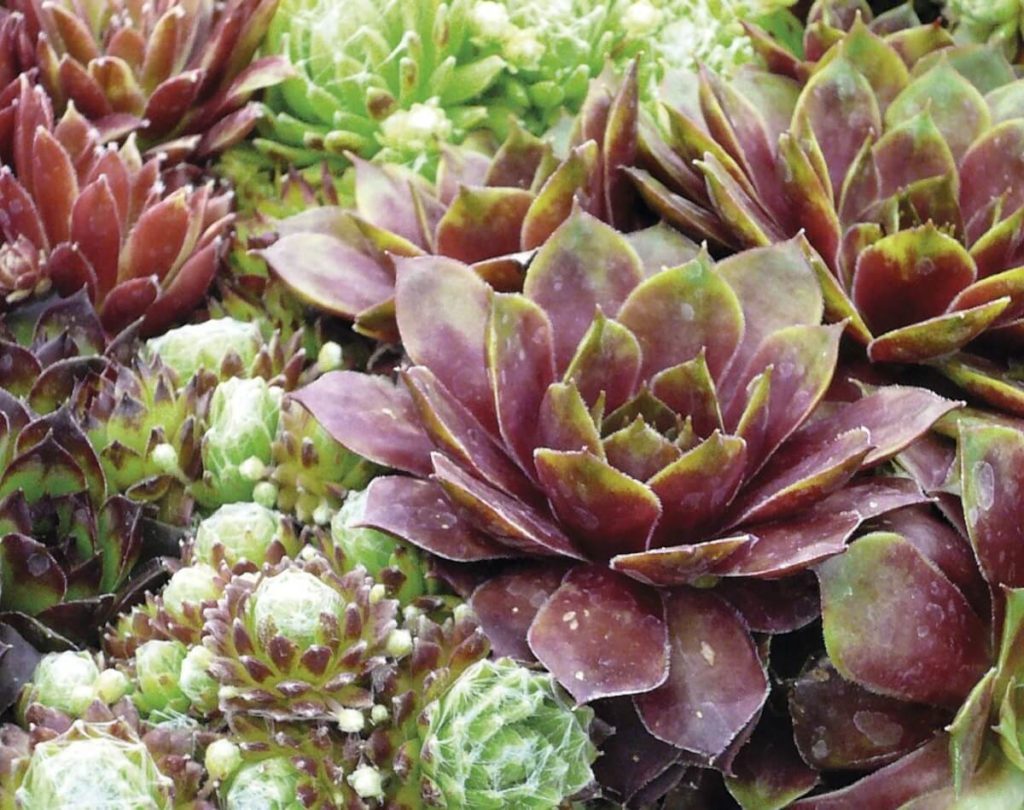
You will find a few Sempervivum varieties at nearly any home store or nursery that sells succulents. For a wider variety, online stores will be a great option. Mountain Crest Gardens offers over 120 varieties of these cold hardy hens and chicks plant. They also offer a selection of relatively colorfast Sempervivum here. Because Sempervivum propagate so easily, you might want to build your collection with a friend. You each buy a few varieties, then grow them out and exchange cuttings!
The Sempervivum varieties below demonstrate the amazing range of colors and forms to be found within this genus. Remember that these colorful Sempervivum change color all throughout the yeasr as the seasons and growing conditions change.

I hope you have enjoyed learning about the lovely Sempervivum. Are you already growing these little charmers? Do you plant to start? These cold hardy gems deserve to be in every succulent collection! Please take a moment to leave a comment and let me know if you have any questions. I am happy to help!
You can do this!

P.S. Please subscribe to The Succulent Eclectic today! I’ll send you my FREE e-course 7 Steps to Succulent Success! Thank you!
P.P.S. Why not join my Facebook Group for succulent lovers? We talk about succulent care, propagation, succulent identification, and design. It’s a warm and welcoming group that would love to meet you!
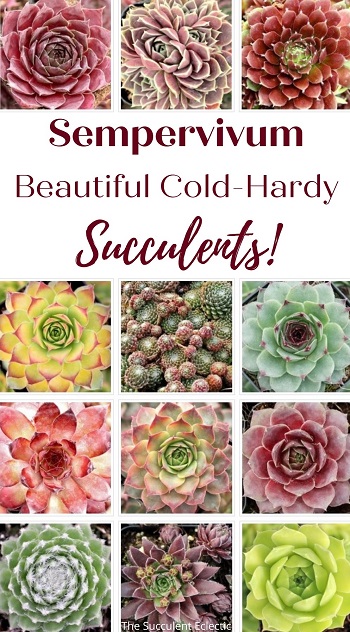




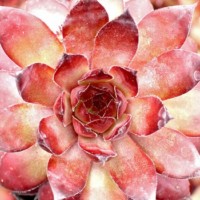
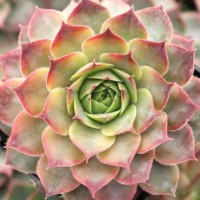


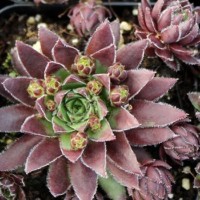









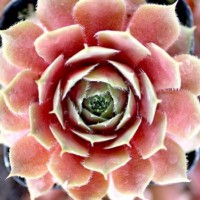







![Read more about the article 7 Simple Succulent Care Tips for Beginners [Infographic]](https://thesucculenteclectic.com/wp-content/uploads/2020/09/7-TIPS-FOR-succulent-beginnersjpg-300x169.jpg)
